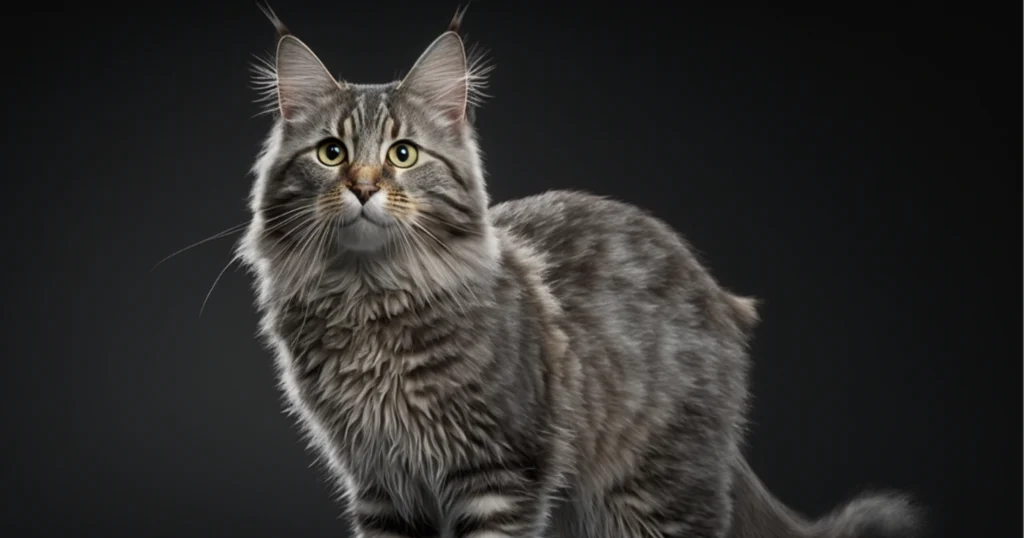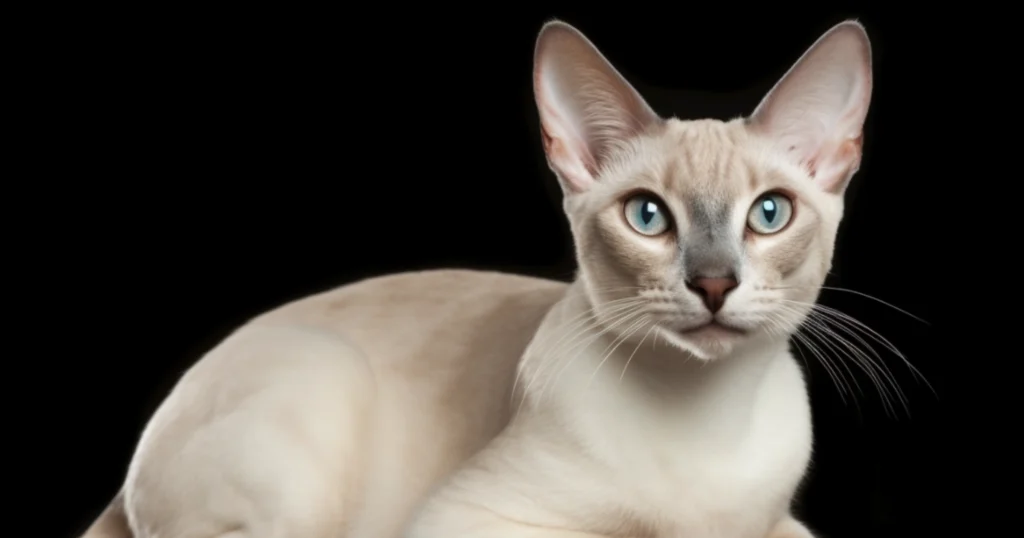Surely, the cute, twitching triangles atop a cat’s head captivate you. Yet, these are not just adorable accessories. Cat ears are marvels of evolutionary design and a hotbed of fascinating cat ear facts. Let’s dive in and explore the unique attributes of feline ears, a world where hearing goes hi-tech.
Overview of Cat Ear Anatomy

The Outer Ear
First stop on this exploration of cat ear facts is the outer ear, also known as the ‘pinna.’ Think of it as a specialized sound catcher, precisely angled to gather and direct sounds into the ear canal. These triangular marvels can rotate nearly 180 degrees, all thanks to an astonishing 32 muscles. In comparison, humans manage ear movement with a measly six muscles! One intriguing feature unique to our feline friends is the so-called “Henry’s pocket”. This small fold in the outer ear sparks much speculation. While its exact purpose remains cloaked in mystery, some suggest it may assist in pinpointing high-frequency sounds or help in the folding or rotation of the ear.
The Middle Ear
Next, let’s descend into the middle ear. Here, a tiny set of bones known as ossicles live. Their job? To pass along sound vibrations to the inner ear. Acting as a critical bridge, the middle ear takes what’s captured by the outer ear and conveys it to the inner ear, a bit like an old-school telephone operator.
The Inner Ear
As we delve deeper into the inner ear, it’s a hub of multi-tasking. Not only does it house the cochlea, which decodes sound vibrations into nerve signals for the brain, but it’s also home to the vestibular apparatus. This balance-keeping system allows cats their famous agility and poise.
But the cat ear facts don’t stop there! One unique characteristic of cat ears is their self-cleaning mechanism. Imagine a miniature conveyor belt inside the deep, curving ear canal. This system transports ear wax, along with any unwanted dust or debris, towards the outer ear. This natural process helps maintain a clean and healthy ear environment.
From a multi-functional inner ear to the mysterious “Henry’s pocket,” the feline ear is an outstanding display of nature’s engineering skills. Fascinating, isn’t it?
The Amazing Abilities of Cat Ears

Exceptional Hearing Abilities
Unraveling more cat ear facts, we discover the exceptional abilities they bestow on our feline friends. First off, their hearing capabilities are top-notch. Cats tune into a frequency range of about 48-85 kHz, outperforming both humans (20 kHz) and dogs (60 kHz). This high-pitched hearing spectrum is a leftover from their wildcat ancestors, a nifty tool for hunting rodents who communicate in high-frequency squeaks.
Role in Balance and Movement
But wait, there’s more! Deep within the inner ear lies the vestibular apparatus, a tiny organ that plays a mammoth role in maintaining a cat’s extraordinary balance. Whether it’s a daring leap onto a narrow ledge or an elegant landing from a lofty height, cats can thank their inner ears for their impressive agility and poise.
Communicating Mood and Emotions
To wrap up our dive into these feline marvels, we look at the subtle art of ear-based communication. Cat ears are surprisingly expressive and can indicate a cat’s mood and emotions. Perked up ears show alertness and curiosity, while flattened ears can signal fear or aggression. These subtle ear movements are like a secret language, adding to the repertoire of fascinating cat ear facts.
Indeed, a cat’s ears are much more than cute triangles on top of their head. They are finely tuned, multi-functional tools designed for communication, hunting, and acrobatics!
Special Cases and Genetic Factors

Deafness in White Cats with Blue Eyes
Delving into the more peculiar cat ear facts, let’s discuss some genetic quirks and special cases. First up, the curious case of white cats with blue eyes. These majestic felines often suffer from deafness, a condition tied to a specific gene responsible for their white coat and blue eyes. This gene can unfortunately cause the degeneration of inner ear structures, leading to hearing loss.
Odd Ear Shapes Due to Genetic Mutations
But genetics doesn’t stop there! It also plays a hand in the diversity of cat ear shapes. Scottish Folds, with their unique folded ears, owe this trait to a genetic mutation. The breed’s name gives away their signature look: ears that fold forward and downward, giving the cat an “owl-like” appearance.
Development of Hearing in Kittens
Lastly, let’s peek into the early life of kittens. These little bundles of fur are born with their ear canals sealed shut. It’s a quiet world for them during their first week of life. However, once those canals open up, a whole new world of sounds is introduced. It’s like unwrapping a present, unveiling the superb hearing abilities cats are known for.
From deafness in blue-eyed beauties to the miracle of hearing unfolding in kittens, genetics weaves some fascinating stories in the realm of cat ear facts!
Conclusion
We’ve ventured through the labyrinth of cat ear facts, uncovering their incredible abilities, unique anatomy, and intriguing genetic traits. This journey only scratches the surface of the wonders in a cat’s ear. So, why not continue exploring? After all, each twitch, perk, and swivel hides a tale waiting to be told. Let’s keep listening!


